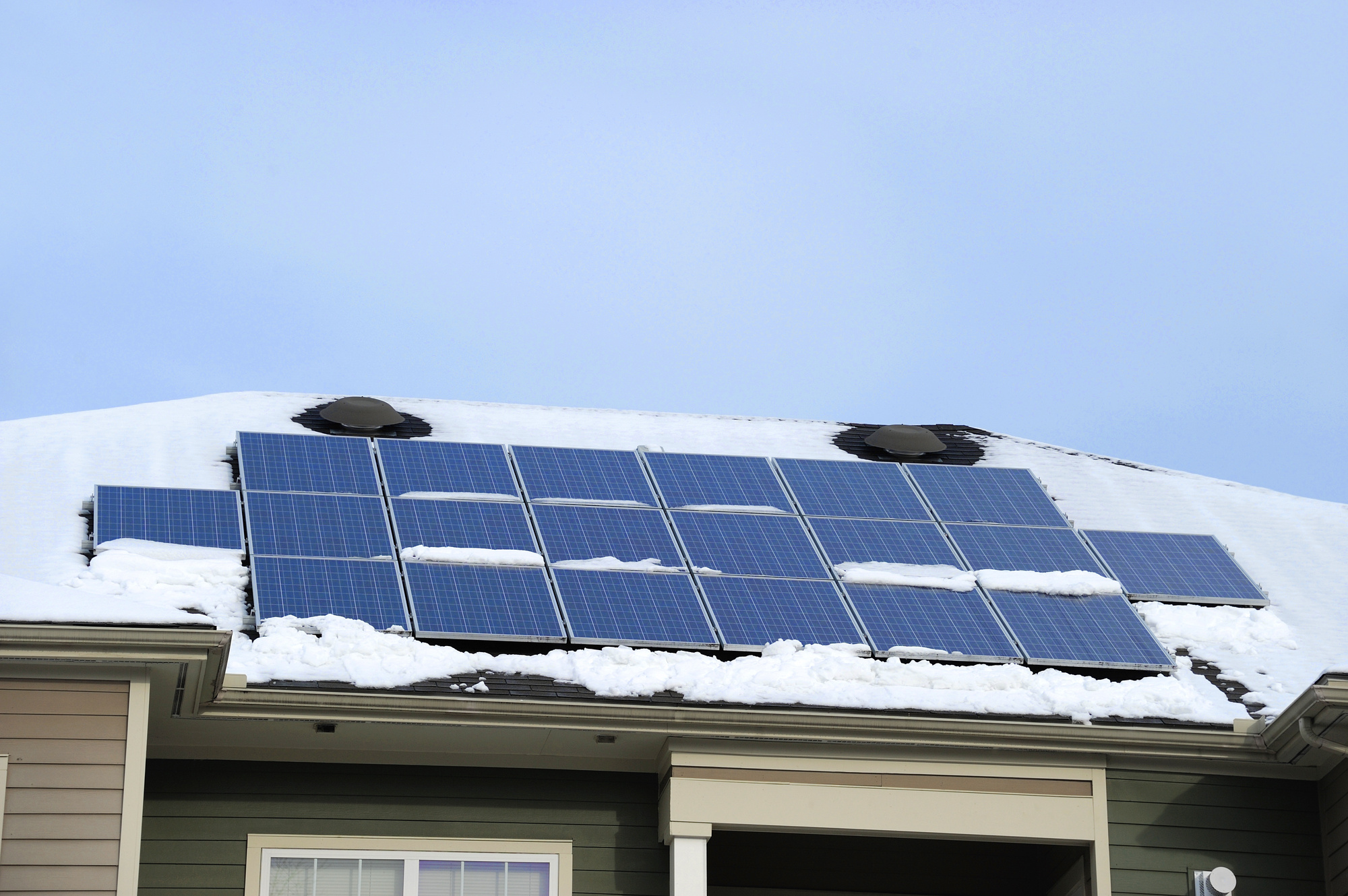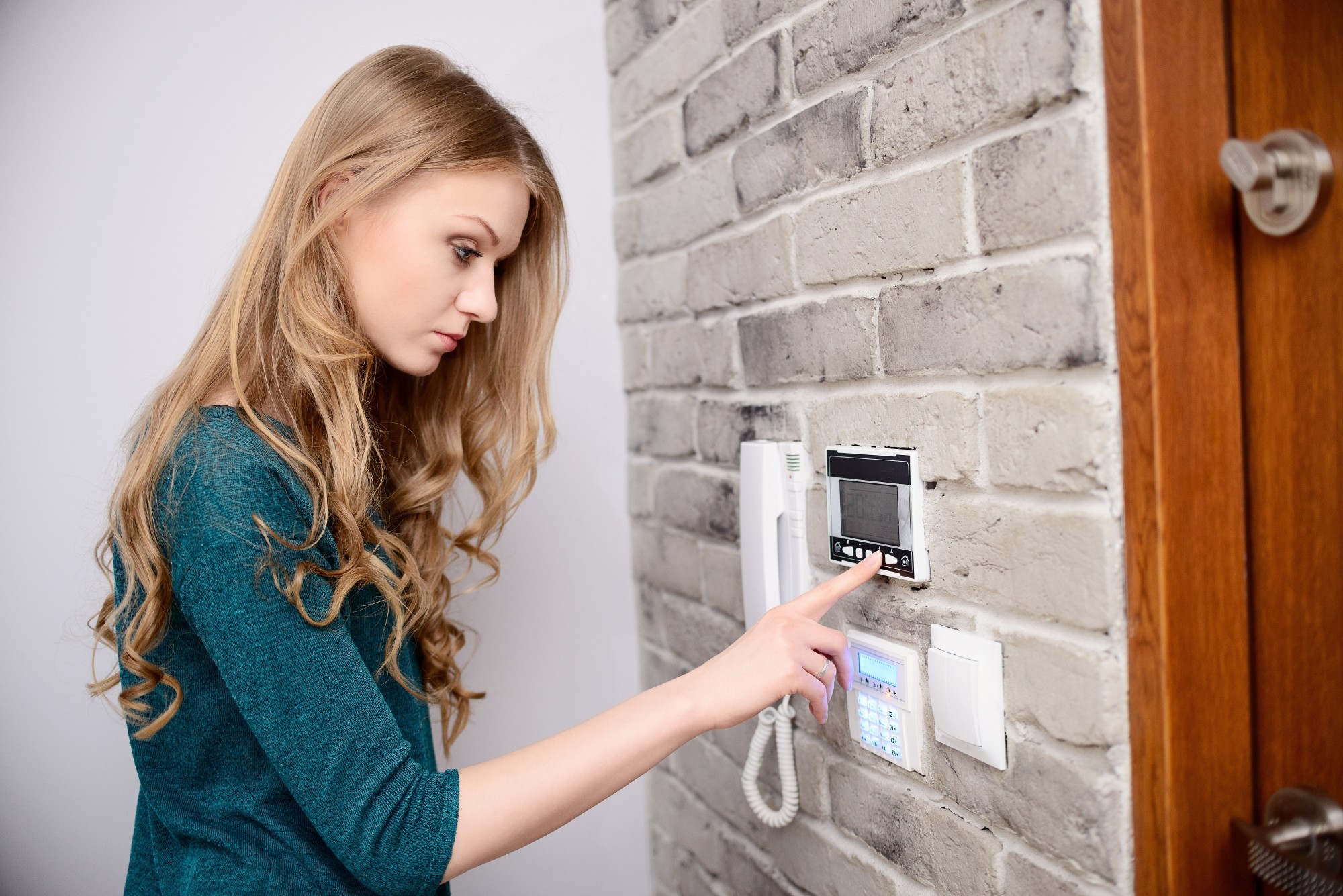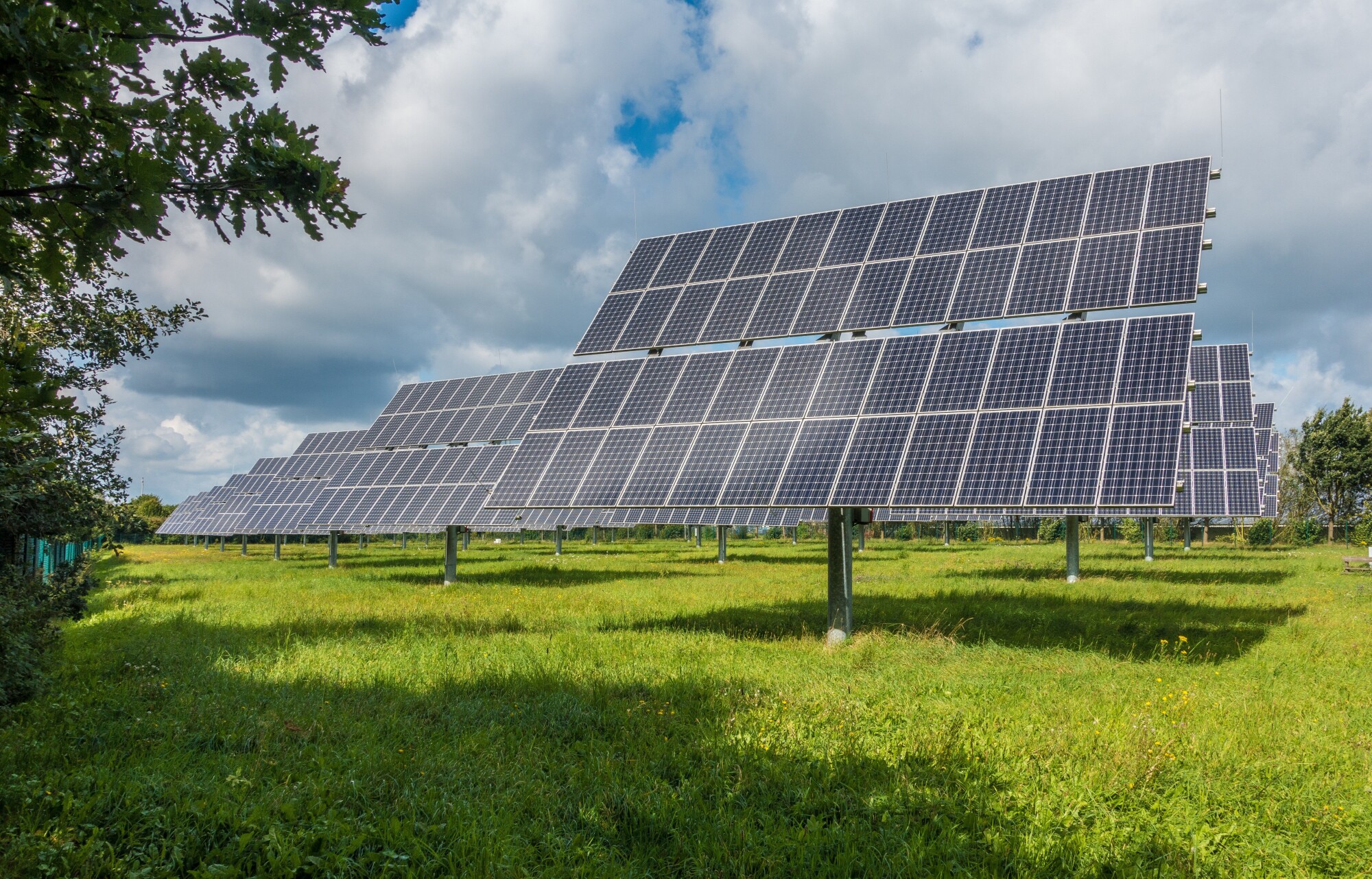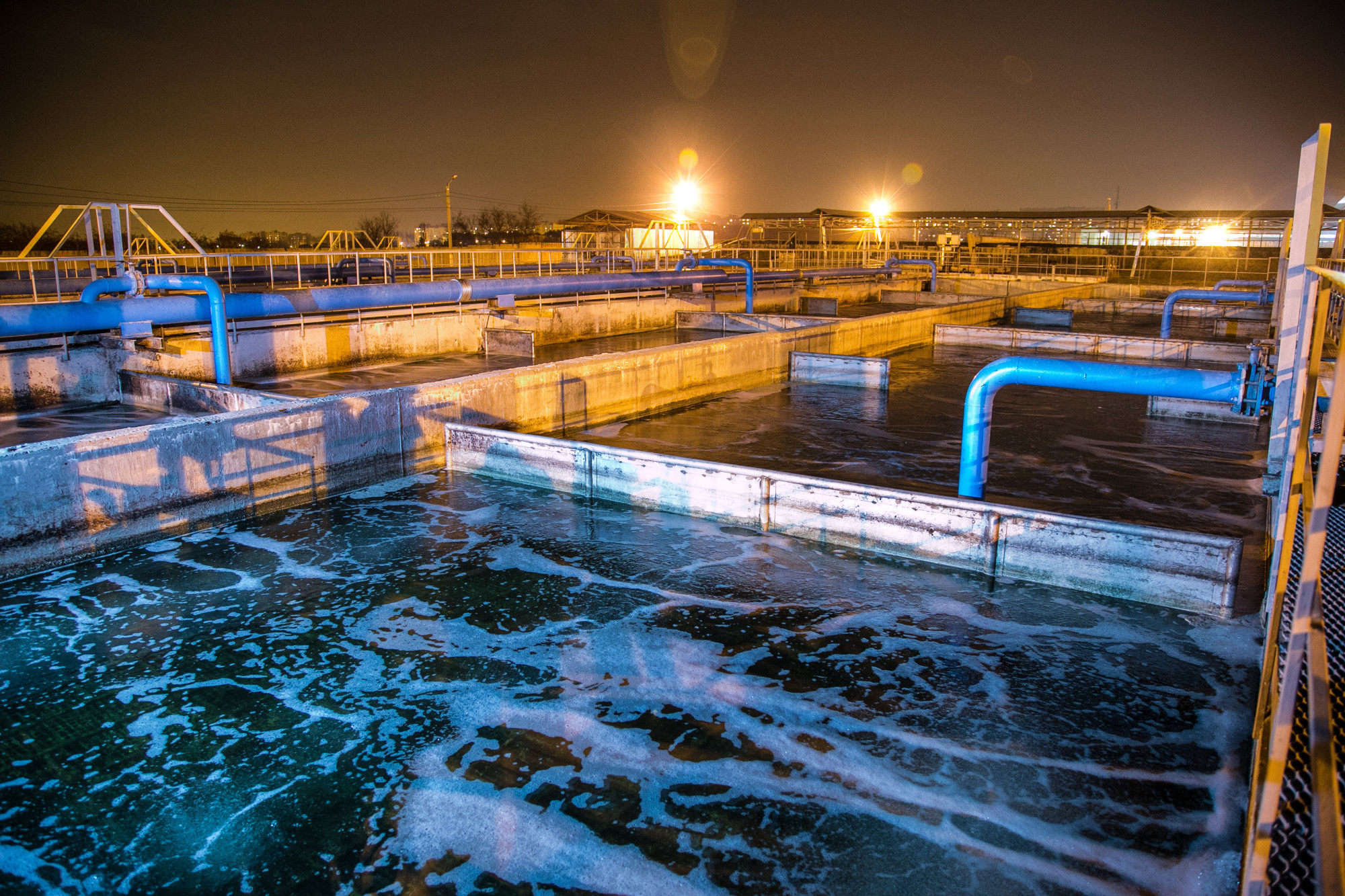Ewa Beach, Hawaii has the highest percentage of solar-powered homes with 6.282% of residents utilizing the power of the sun. As time moves forward, we are going to see more and more communities using solar panels for their homes.
Solar panels are taking over the world, and if you’re not on board already, you’re probably figuring out how you can get started.
If you’re considering solar energy, you might be trying to figure out how many solar panels you would need to buy. After all, this would significantly impact the overall price and the possibility of you being able to maintain your current usage levels while helping the environment.
Keep reading to learn how many solar panels you would need to power your home with solar energy.
How Much Energy Do You Use?
In 2020, the average American household had about 10,715 kilowatt-hours in electricity usage.
You need to consider how many appliances you use that require electricity and how often they run to figure out your energy usage. Your electricity bill will likely tell you the kWh, which stands for kilowatt-hours, which is the direct measurement used for figuring out energy consumption.
A larger home might use more electricity overall simply because there is more “stuff” in it to power, so you’ll need more solar panels if you live in a bigger house. However, you might live in a larger house that uses a lot of energy-efficient appliances.
If you compare the electricity usage of a home with a lot of Energy Star appliances to a home with older appliances, this is going to make a big difference. Keep in mind that anything plugged in will use power, including things that you may forget about like the refrigerator or your clothes dryer.
The best way to figure out how much power you’ll need from residential solar panels is by looking at your electricity bills. You can see past bills and compare them to more recent bills to see how your energy needs may have changed over time.
How Much Sunlight Do You Get?
If you get more sunlight, your solar panels can create more electricity. For instance, residents of states like Arizona, California, Texas, New Mexico, or other Sun Belt states will get a lot more sunlight than someone that lives in a location with harsh winters.
You need direct sunlight that can access the solar panels on your home, so this is something that you’ll need to think about before you decide to go solar. If you live in an area that doesn’t get much sun, you’re going to need more solar panels to make up for that deficit.
To get your panels to absorb the maximum amount of sunlight, you need to keep them clean. Use this guide to learn more about taking care of panels to make sure that they last as long as possible.
What Sort of Efficiency Rating Do You Want?
There are many different types of solar panels that you can buy for your home. Some of them are more efficient overall than others, and understanding exactly what kind of solar panel you’re getting is important if you want to accurately calculate how many of them you’ll need.
The efficiency of a solar panel is measuring that panel’s ability to convert sunlight into electricity. As an example, if the sun highs a solar panel with a 16% efficiency rating, then 16% of the sun’s energy can become converted into solar energy with that panel.
Most of the solar panels you’ll find are between 15% and 20% efficient, but there are outliers on either side of those percentages. The highest efficiency solar panels are closer to 22% or 23% efficiency, but this is rarer in standard, non-commercial panels.
The standard for high-efficiency panels is rising, especially as some companies are creating panels that are more efficient and less expensive. Regardless, you need to make sure that you know what efficiency rating the panels you’re getting are and how that may impact the overall cost.
Formulas Used to Calculate Solar Power Needs
With these factors in mind, you can more easily figure out how much solar power your home is going to need to operate at normal levels.
To start, you should add up how much kWh usage your household has had over the past 12 months, and then divide that number by 12 to get the average.
The second thing to look at is how many hours of sunlight your home gets. The peak hours that are most important here are the hours that offer at least 1,000 watts of photovoltaic power per square meter. If you live in the US, your peak hours can range from about 3 to 7 hours.
The formula you’ll use is average kWh use / (peak sun hours x 30 days). As an example, your formula might look something like this:
812 kWh / (5.5 x 30) = 4.92 kW solar system
Once you have the number for your needed kW, you have to convert it into the wattage output from a solar panel. 1 kW is the same as 1,000 watts, so you have to multiply by 1,000. With our example, that will look like this:
4.92 x 1,000 = 4,920
Next, we will divide that number by the output that an average solar panel has. If you’re using standard panels with 250-watt output, you’ll use that information to figure out how many panels you’ll need in total. Using our example here, the formula will look like this:
4,920 / 250 = 19.68 solar panels
If you live somewhere that gets 5.5 hours of peak sun and use 812 kWh per month, you’ll need a 4.92 kW system with close to 19.68 solar panels to completely power your home.
Determining How Many Solar Panels You Need
As you can see, there are several factors to consider when trying to figure out how many solar panels your home will require. Every household is going to have a different minimum number simply because our energy needs are different from family to family.
By doing these calculations on your own, or with the help of the pros, you can get a better understanding of what your solar panel costs may look like.
Did you find this information helpful? If so, be sure to take a look at more of our great content next.









